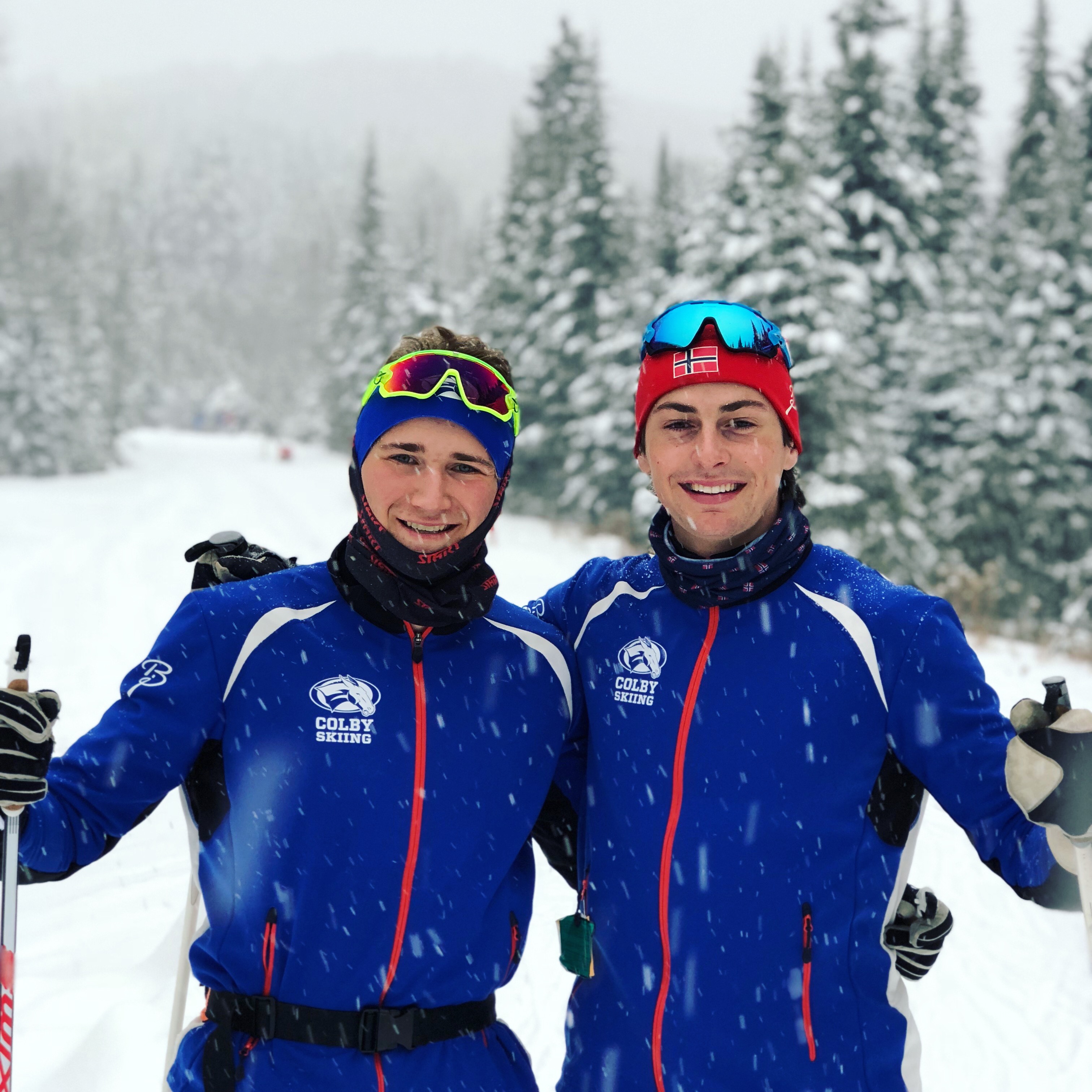
Spring break in college is just around the corner. You might be studying right now, desperately trying to finish your assignments or you might be looking for some thesis help to make sure it’s done professionally and quickly, so you could start planning your spring break. Well, if you wanna go on a cross-country skiing trip during the vacation, then now is the perfect time to concentrate on preparing for it.
What’s good about cross-country skiing
Cross-country skiing is a great way not just to increase cardiovascular endurance and strengthen muscles, but to improve your health and general immunity holistically.
Cross-country skiing is also famous for improving mood and helping to fight depression.
Training on cross-country skis forces most of the muscles of the body to work, both the large muscle groups (from the muscles of the buttocks, legs and abdomen to the muscles of the arms and back) and the various secondary muscles of the body that ensure the formation of abs.
In addition, during the ski trip actively involves the cardiovascular system – the role played by the fact that the presence of layered clothing increases the internal temperature of the body and makes your heart beat faster to pump more blood.
The undoubted benefits of ski walking are expressed in:
- the development of body endurance;
- strengthen the immune system;
- stimulation of the metabolism;
- activation of pulmonary ventilation and gas exchange process in the body, so it is qualitatively saturated with oxygen;
- training of the heart muscle;
- stimulation of circulatory intensity;
- calming effect on the nervous system;
- improvement of the elastic qualities of the joints;
- strengthening of the spinal column;
- burning extra calories;
- optimization of the vestibular apparatus functioning.
How to plan your cross-country skiing trip
While planning and preparing for your tour, be as careful and meticulous about details as the Montgolfier brothers were during their experiments if you want it to succeed.
A clear goal is half the success. Think about what you want to get out of this trip? Do you want an easy ski trip away from civilization, with overnight stay in cozy cottages and recreation in the sauna? Or are you attracted to a full self-contained tour for ten days, with a full immersion in the ski and tourist life? Are you interested in skiing from the mountains, reviewing the beauties and sights, sports, testing your strength? Or maybe you want beautiful pictures of winter scenery or a video of a ski adventure?
Exploring the travel area. We need this to lay out a convenient and comfortable route, unless you are a seasoned extremist and do not plan to overcome difficulties at every step. To explore the area, you can use paper maps or electronic maps, whichever format is more familiar to you. Here are the main points to be sure to find out:
- Existing dangers in the area. These can be risks of rockslides, avalanches or the presence of predators;
- Infrastructure – it is better if the route is laid out so that you can easily get to the nearest village;
- Historical monuments and just interesting places;
- Terrain;
- Climatic conditions;
- Duration of daylight hours.
Memorize and write it down! Inexperienced hikers should not plan a route in areas where there is a risk of avalanches!
Emergency and alternate routes. Be sure to think about these two things! Yes, if you don’t need them, that’s just fine, but they must be. An emergency route is a route that is laid in advance to be able to bypass a difficult section or obstacle. It can be useful in case of change of weather conditions or deterioration of health of the participants. Emergency is supposed to leave the route as quickly as possible and get to the nearest settlement by the shortest and easiest way. It is used in case of emergency, injury or other situations that require prompt participation of specialists.
The algorithm for planning a cross-country ski trip:
- Determining the purpose of the hike;
- Choosing the area;
- Searching and forming a group;
- Research the area of the trip;
- Mapping the route;
- Gathering information;
- Emergency and alternate route;
- Appointment of dates of a tour;
- Making an estimate, a program of food, groceries, a list of equipment and materials;
- Documents processing, booking accommodation, buying tickets;
- Physical and technical training;
- Psychological training;
- Purchase of food, equipment;
- The allocation of collective equipment;
- Gathering and control of public and personal equipment;
- Packing backpacks.
Psychological preparation is to understand simple things – in addition to expecting the beauty of nature and fresh air tourist must be prepared for not very pleasant moments:
- being out in the cold for a long time;
- equipment breakage;
- blisters;
- feeling unwell;
- psychological problems in the team.
It is not necessary that all this will happen exactly to your team, but mental preparedness will allow you to react less acutely if an unpleasant event does occur.
Also, you have to make sure you’re going on the trip in a nice mood. You better finish all your college issues before that. To complete all the studying questions try to find best services on reddit to get some qualified help with your assignments. After that you can go on a cross-country skiing tour with a clear conscience.
In conclusion
Cross-Country Ski touring means harsh winter conditions and the need for constant self-control: you cannot relax in the cold. At the same time, it is a completely new experience compared to hiking. Winter landscapes are unique, and the vast snowy expanses make you feel like a polar explorer. You only have to be properly prepared.
Despite the physical exertion, during this tour you will be able to overload and come back to college with renewed energy.
